We were delighted to welcome garden designer, writer and presenter Manoj Malde to the garden for a talk and book signing.
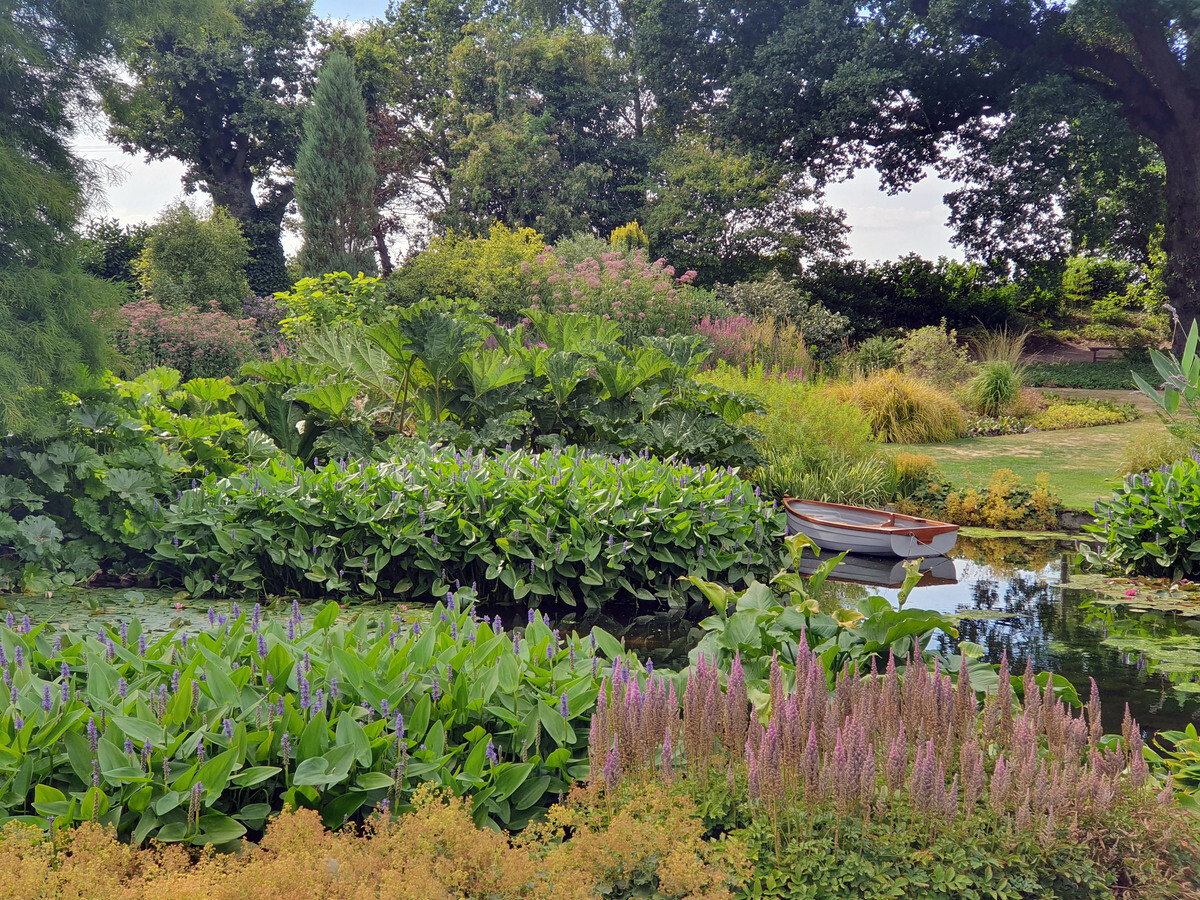
Renovation Work in the Water Garden
![]()
Renovation work in the Water Garden
On 3rd February 2022, the garden team worked hard to prune the variegated holly in shade bed 2 only for the same holly Ilex aquifolium ‘Silver Queen’ to be lost in Storm Eunice when she hit Elmstead Market on 19th February! One of the old oaks in the hedge behind came down on the bed and wiped out the holly tree and other plants.

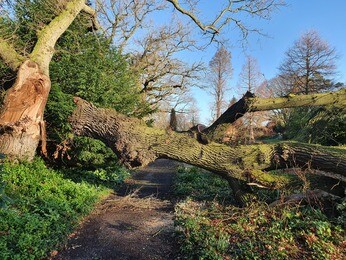
The removal of the fallen oak was carried out by the estates team with the trunk and larger branches being chopped up using a chainsaw in situ. Helpfully, the neighbouring farmer took away some of the larger cuts using his farm machinery. Some of the logs and branches were taken to other parts of the garden and used to make hibernaculum’s, seating and decorative features. Some of the logs will be seasoned and used for firewood. The hole in the hedge line will be left until the ponds have been dredged to allow machinery and silt to be removed via the gap.
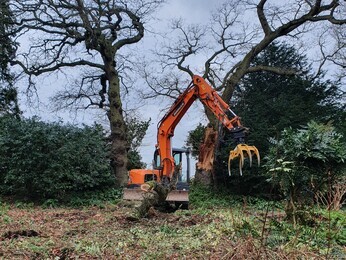
With so much timber already cleared, the garden team removed the remainder of the debris from shade bed 2 and removed the damaged shrubs including the Physocarpus opulifolius ‘Diabolo’ and Mahonia japonica. Some of the shrubs such as Prunus ‘Shirofugen’ had already been lost prior to this storm.
The machinery and constant walking over the bed meant that the soil had become compacted and the sub-plants damaged. The decision was made to remove all of the plants from around the disturbed area where the tree/shrubs had come down. The Symphytum (Comfrey) that was used as ground cover had to be dug out carefully ensuring that all fleshy tap roots and more fibrous roots were removed. Symphytum roots can regrow and can go to depths of 2m below ground. As well as root regrowth, plants can self-seed which is why some view it as an invasive plant.


The ground was dug over taking extra care to remove bulbs from the area including Arum italicum which were not re-planted as they had self-seeded. Other ‘wanted’ bulbs were removed and placed in crates containing the same species; Galanthus spp. (Snowdrops), Narcissus spp. (Daffodils) and for example. The cormous Colchicum spp. (Meadow Saffron) and the tuberous perennials, Arisarum proposcideum (Mouse Plant) and Liriope muscari (Big Blue Lily Turf) were also found and lifted. Rhizomatous plants removed and stored, included Trillium grandiflorum (American Wake Robin), Anemone nemorosa (Wood Anemone), Erythronium spp. (Lawn Lily), Polygonatum spp. (Solomon’s Seal), Dicentra Formosa (Bleeding Heart) and Thalictrum aquilegiifolium (French Meadow Rue).
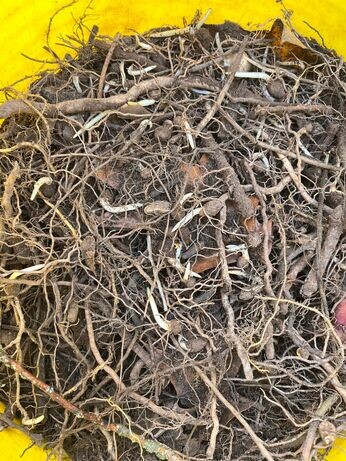
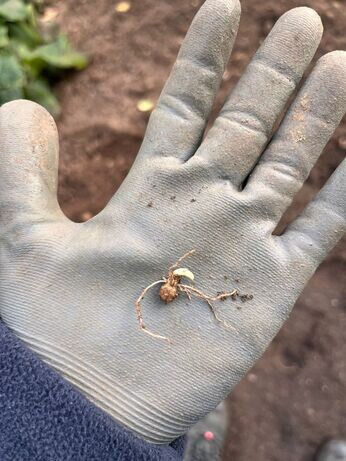
The area was dug over twice to ensure that all plant material was removed. This also helped to relieve compaction before the soil improver was added and dug in to improve the structure of the soil ready for planting. The area will be planted up early next year using plants suited to the conditions in this part of the Water Garden. We will share the final plant list with you next year.
By Trainee Christa Dobson
![]()

COMMENTS